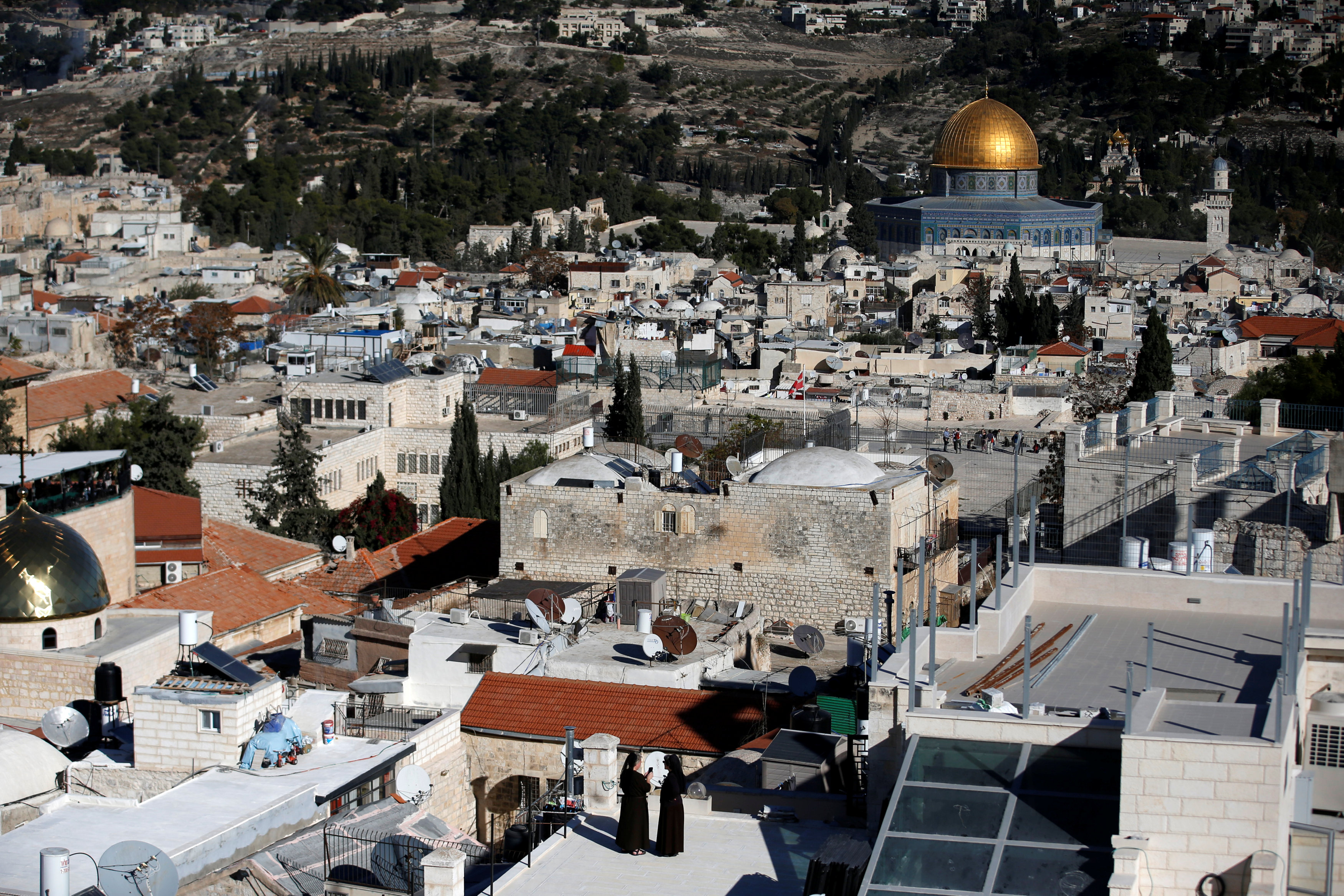
By Mark Bendeich and Parisa Hafezi
ROME/ANKARA (Reuters) – China is financing billions of dollars worth of Chinese-led projects in Iran, making deep inroads into the economy while European competitors struggle to find banks willing to fund their ambitions, Iranian government and industry officials said.
Freed from crippling nuclear sanctions two years ago, Iran is drawing unprecedented Chinese funding for everything from railways to hospitals, they said. State-owned investment arm CITIC Group recently established a $10 billion credit line and China Development Bank is considering $15 billion more.
“They (Western firms) had better come quickly to Iran otherwise China will take over,” said Ferial Mostofi, head of the Iran Chamber of Commerce’s investment commission, speaking on the sidelines of an Iran-Italy investment meeting in Rome.
The Chinese funding, by far the largest statement of investment intent of any country in Iran, is in stark contrast with the drought facing Western investors since U.S. President Donald Trump disavowed the 2015 pact agreed by major powers, raising the threat sanctions could be reimposed.
Iranian officials say the deals are part of Beijing’s $124 billion Belt and Road initiative, which aims to build new infrastructure – from highways and railways to ports and power plants – between China and Europe to pave the way for an expansion of trade.
A source in China familiar with the CITIC credit line, which was agreed in September, called it “an agreement of strategic intent”. The source declined to give details on projects to be financed, but Iranian media reports have said they would include water management, energy, environment and transport projects.
An Iranian central bank source said loans under the credit line would be primarily extended in euros and yuan.
The China Development Bank signed a memorandum of understanding for $15 billion, Iranian state news agency IRNA said on Sept. 15.
The bank itself declined to comment, in line with many foreign investors and banks, including from China, who were reluctant to discuss their activities in Iran for this story. The web sites of banks and companies often carry little or no information on their Iran operations.
POWERHOUSE
With a population of 80 million and a large, sophisticated middle class, Iran has the potential to be a regional economic powerhouse. But with the risk of sanctions hanging in the air, more and more foreign investors want Tehran to issue sovereign guarantees to protect them in case the projects are halted.
Economic ties between Iran and Italy, its biggest European trade partner, have been affected.
Italy’s state-owned rail company, Ferrovie dello Stato, is a consultant in the building of a 415-km (260-mile) high-speed north-south rail line between Tehran to Isfahan via Qom by state-owned China Railway Engineering Corp.
The Italian firm is separately contracted to build a line from Qom west to Arak, but it needs 1.2 billion euros in financing. Though backed by the state’s export insurance agency, it says it needs a sovereign guarantee.
“We are finalizing the negotiations and we are optimistic about moving forward,” said Riccardo Monti, chairman of Italferr, the state firm’s engineering unit, adding that the financing should be finalised by March next year.
Prime Minister Matteo Renzi’s promise in Tehran last year to oil the wheels of trade with a 4 billion euro credit line from Italy’s state investment vehicle is effectively dead, a source in Italy familiar with the matter said.
Cassa Depositi e Prestiti (CDP) risked losing the confidence of its many U.S. bond-holders who could sell down their holdings if the credit line went ahead, the source said.
A few European banks have deepened trade ties with Iran this year — Austria’s Oberbank <OBER.VI> inked a financing deal with Iran in September.
South Korea has also proved a willing investor, with Seoul’s Eximbank signing an 8 billion euros credit line for projects in Iran in August, according to Chinese state news agency Xinhua.
But China is the standout.
Valerio de Molli, head of Italian think tank European House Ambrosetti, reckons China now accounts for more than double the EU’s share of Iran’s total trade.
“The time to act is now, otherwise opportunities nurtured so far will be lost,” de Molli said.
A MOVING TRAIN
Iranian officials attending this week’s meeting in Rome sought to goad European firms and their bankers into action by talking up the Chinese financing and investments.
“The train is going forward,” said Fereidun Haghbin, director general of economic affairs at Iran’s foreign ministry. “The world is a lot greater than the United States.”
Some Iranian officials remain concerned that investment could become lop-sided and are looking at creative ways to maintain investment links with the West, however.
The Iran chamber is encouraging Western firms to consider transferring technology as a way of earning equity in Iranian projects rather than focusing on capital.
It was also seeking approval to set up a 2.5-billion-euro offshore fund, perhaps in Luxembourg, as an indirect way for foreigners to invest in Iran, especially small and medium-sized Iranian enterprises, Mostofi said.
The fund would issue the financial guarantees that foreigners want in return for a fee, effectively stepping in where banks now fear to tread. Most of the fund’s capital would come from Iran, Mostofi said.
For now, however, big Western firms remain stuck.
Italian power engineering firm Ansaldo Energia, controlled by state investor CDP and part-owned by Shanghai Electric Group <601727.SS>, has been in Iran for 70 years.
Its chairman, Giuseppe Zampini, told Reuters at the Rome conference there were many opportunities for new contracts but his hands were tied for now, partly because Ansaldo bonds were also in the hands of U.S. investors.
“My heart says that we are losing something,” Zampini said.
(Additional reporting by Shu Zhang in BEIJING, Stefano Bernabei in ROME, Parisa Hafezi in ANKARA and Jonathan Saul in LONDON; Editing by Sonya Hepinstall)













